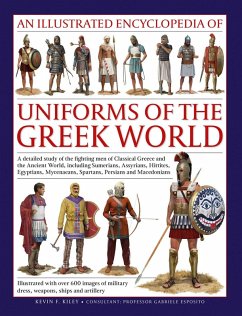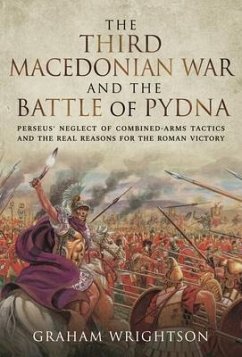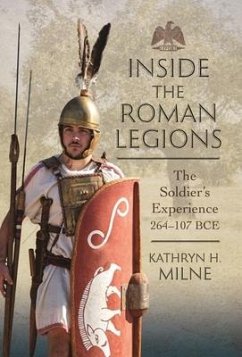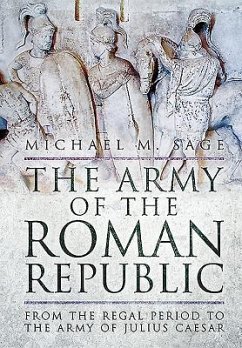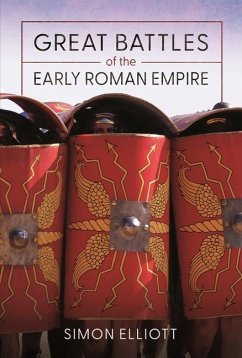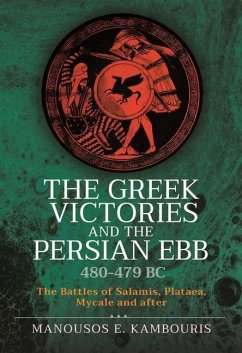
Light Infantry of the Greek and Roman World
Forgotten Heroes of Ancient Warfare
Versandkostenfrei!
Versandfertig in über 4 Wochen
29,99 €
inkl. MwSt.

PAYBACK Punkte
15 °P sammeln!
An invaluable study of ancient light infantry units, the author draws on years of practical experimentation to demonstrate and test the various weapons these ancient armies would have used, from slings and bows to even amentum throwing straps. Ancient accounts of battle often neglected the role of lightly-armed infantry, presenting the deeds of the heavy infantry, such as Greek hoplites or Roman legionaries, or dashing cavalry charges as the decisive battle winners. This bias was partly due to the light infantry typically being drawn from the poorer sections of society, who could not afford to...
An invaluable study of ancient light infantry units, the author draws on years of practical experimentation to demonstrate and test the various weapons these ancient armies would have used, from slings and bows to even amentum throwing straps. Ancient accounts of battle often neglected the role of lightly-armed infantry, presenting the deeds of the heavy infantry, such as Greek hoplites or Roman legionaries, or dashing cavalry charges as the decisive battle winners. This bias was partly due to the light infantry typically being drawn from the poorer sections of society, who could not afford to equip themselves with armour and because they generally fought from a distance, killing from afar with missile weapons, not bravely face-to-face like heroes worthy of recording. Modern research has generally followed this bias. Dr Jean Charl Du Plessis argues that while light infantry might have had a subordinate role in pitched battles, such clashes were relatively rare occurrences. Most ancient campaigns consisted mostly of foraging, raiding and pillaging of enemy territory, minor skirmishes and ambushes, all roles in which light infantry excelled. In particular they were indispensable for an army traversing mountainous or forested terrain. Moreover, he shows that even in pitched battles they were far from useless and made a valuable contribution, typically harassing the enemy as they deployed and screening friendly battle lines from similar treatment. Some, such as Cretan archers or Balearic slingers were highly sought-after specialists. Uniquely, the author draws on years of practical experimentation to demonstrate and test the various weapons used: slings, bows and javelins, including the use of the amentum throwing strap. This yields fresh evidence and insights into matters such as range, penetrative power and the level of skill and practice required. Overall, this is a valuable study of these forgotten heroes of ancient warfare.



